The study of Comet 238P/Read, which lurks in the main asteroid belt, could help reveal the source of Earth's water, a vital ingredient for life on our planet.
This artist’s concept of Comet 238P/Read shows the main belt comet sublimating—its water ice vaporizing as its orbit approaches the sun
The discovery of water vapor around Comet 238P/Read could significantly boost theories that water, a vital ingredient for life, was delivered to our planet from space by comets. But the study of the The team said that there are two possible reasons why Comet 238P/Read may be missing carbon dioxide. For one, the comet may have had carbon dioxide during its formation, which it has lost thanks to warming by the sun.
The alternative theory for the lack of carbon dioxide is that this main belt comet may have been formed in an area of the solar system devoid of the compound., H. Hsieh , A. Pagan )As its name suggests, the main asteroid belt is mainly home to rocky bodies like. Yet it does also host the occasional comet-like body like Comet 238P/Read. These cometary bodies can be identified by the fact that they periodically brighten as a halo of material or a coma surrounds them.
United States Latest News, United States Headlines
Similar News:You can also read news stories similar to this one that we have collected from other news sources.
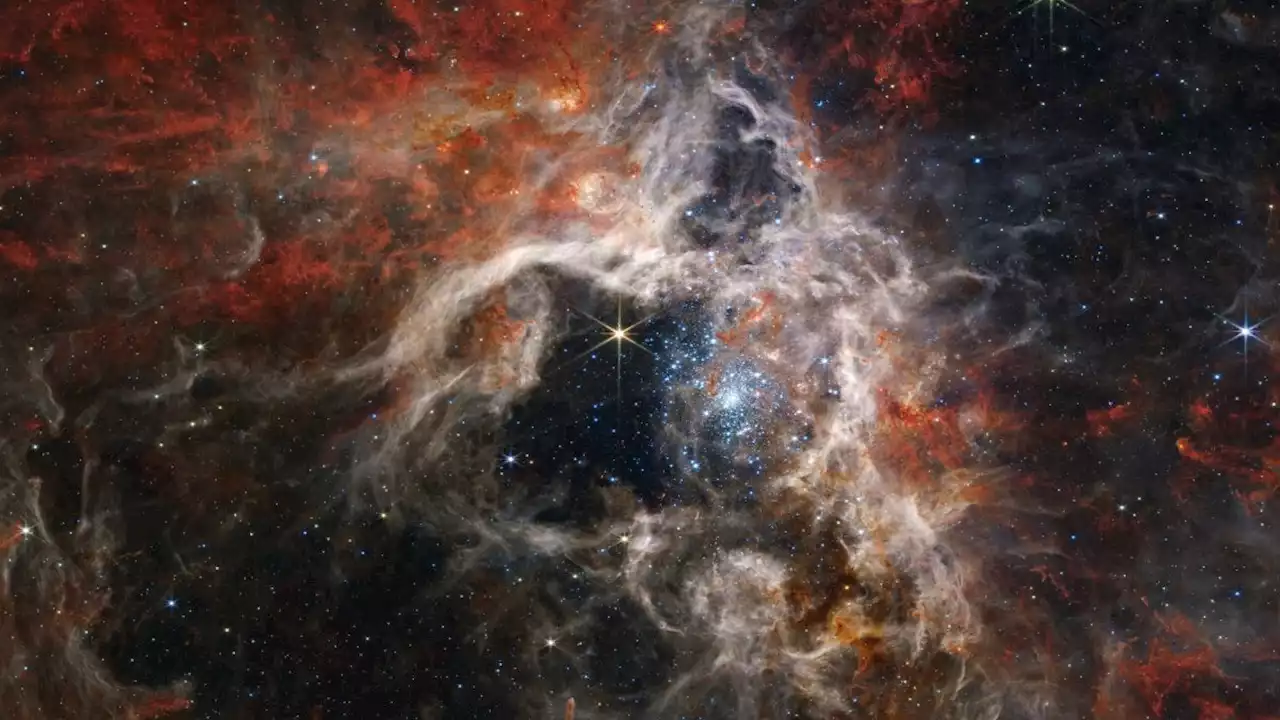 25 jaw-dropping James Webb Space Telescope imagesFrom nebulas and black holes to baby star nurseries and ancient collisions, the universe has never looked more beautiful thanks to NASA's $10 billion-telescope.
25 jaw-dropping James Webb Space Telescope imagesFrom nebulas and black holes to baby star nurseries and ancient collisions, the universe has never looked more beautiful thanks to NASA's $10 billion-telescope.
Read more »
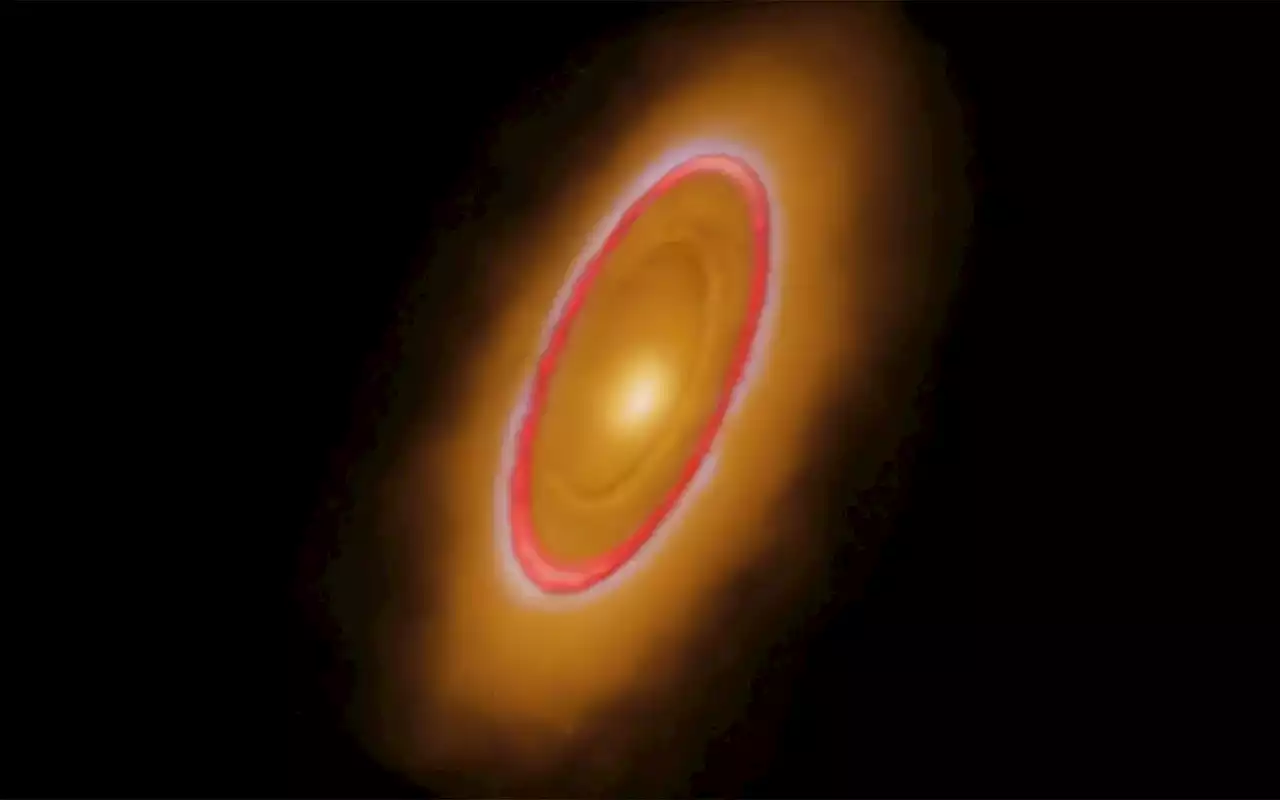 Webb Space Telescope Captures Nearby Planetary System in Breathtaking DetailA new Webb Space Telescope image of the bright, nearby star Fomalhaut reveals details never seen before, including nested rings of dust that hint at the forces of unseen planets. A team led by University of Arizona astronomers used NASA's James Webb Space Telescope to image the warm dust around a
Webb Space Telescope Captures Nearby Planetary System in Breathtaking DetailA new Webb Space Telescope image of the bright, nearby star Fomalhaut reveals details never seen before, including nested rings of dust that hint at the forces of unseen planets. A team led by University of Arizona astronomers used NASA's James Webb Space Telescope to image the warm dust around a
Read more »
 Military Funding 'Resurrection' Mission for Derelict NASA Space TelescopeStartup Rhea Space Activity has announced that it's planning to launch a mission to breathe new life into NASA's Spitzer Space Telescope.
Military Funding 'Resurrection' Mission for Derelict NASA Space TelescopeStartup Rhea Space Activity has announced that it's planning to launch a mission to breathe new life into NASA's Spitzer Space Telescope.
Read more »
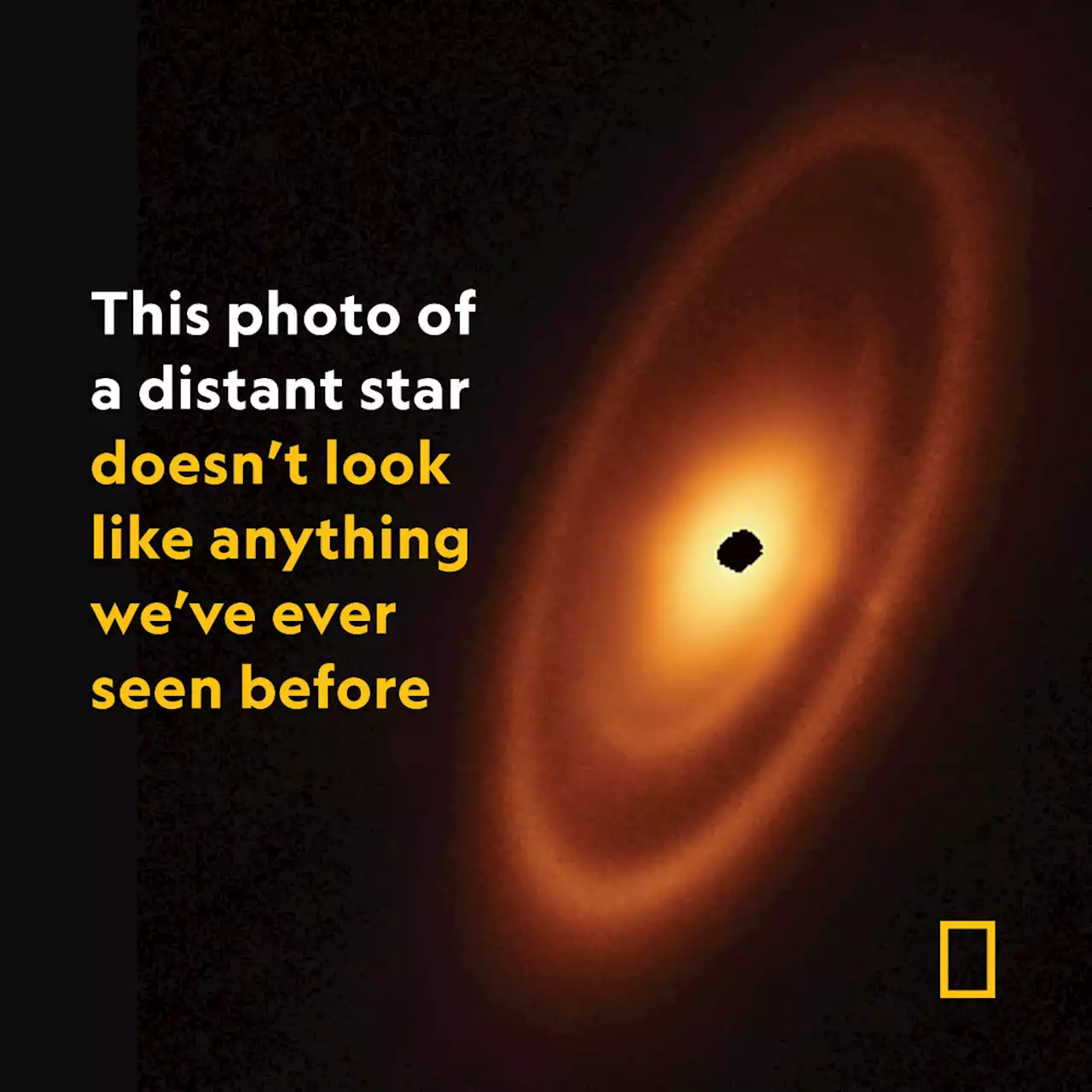 Why this photo of planetary debris is unlike anything seen beforeFomalhaut is one of the brightest stars in the night sky—and the James Webb Space Telescope has revealed belts of material orbiting the star in stunning detail.
Why this photo of planetary debris is unlike anything seen beforeFomalhaut is one of the brightest stars in the night sky—and the James Webb Space Telescope has revealed belts of material orbiting the star in stunning detail.
Read more »
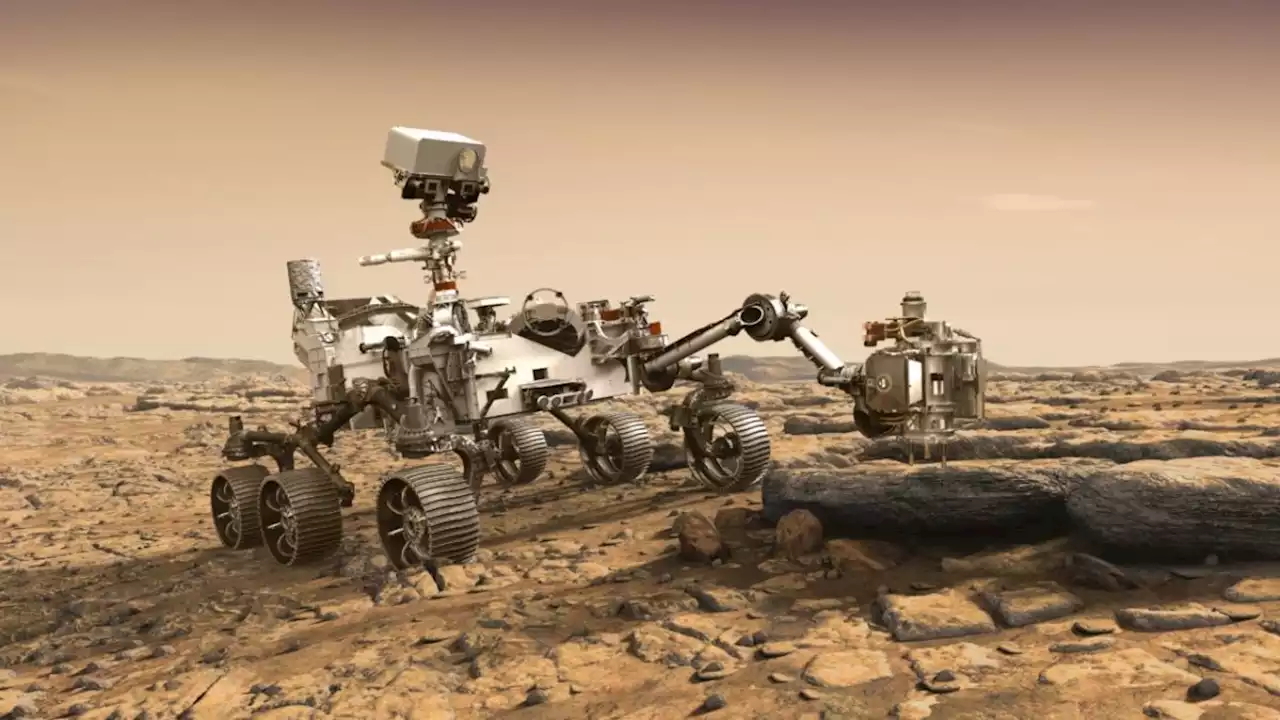 ChatGPT on Mars: How AI can help scientists study the Red PlanetLeonard David is an award-winning space journalist who has been reporting on space activities for more than 50 years. Currently writing as Space.com's Space Insider Columnist among his other projects, Leonard has authored numerous books on space exploration, Mars missions and more, with his latest being 'Moon Rush: The New Space Race' published in 2019 by National Geographic. He also wrote 'Mars: Our Future on the Red Planet' released in 2016 by National Geographic. Leonard has served as a correspondent for SpaceNews, Scientific American and Aerospace America for the AIAA. He was received many awards, including the first Ordway Award for Sustained Excellence in Spaceflight History in 2015 at the AAS Wernher von Braun Memorial Symposium. You can find out Leonard's latest project at his website and on Twitter.
ChatGPT on Mars: How AI can help scientists study the Red PlanetLeonard David is an award-winning space journalist who has been reporting on space activities for more than 50 years. Currently writing as Space.com's Space Insider Columnist among his other projects, Leonard has authored numerous books on space exploration, Mars missions and more, with his latest being 'Moon Rush: The New Space Race' published in 2019 by National Geographic. He also wrote 'Mars: Our Future on the Red Planet' released in 2016 by National Geographic. Leonard has served as a correspondent for SpaceNews, Scientific American and Aerospace America for the AIAA. He was received many awards, including the first Ordway Award for Sustained Excellence in Spaceflight History in 2015 at the AAS Wernher von Braun Memorial Symposium. You can find out Leonard's latest project at his website and on Twitter.
Read more »
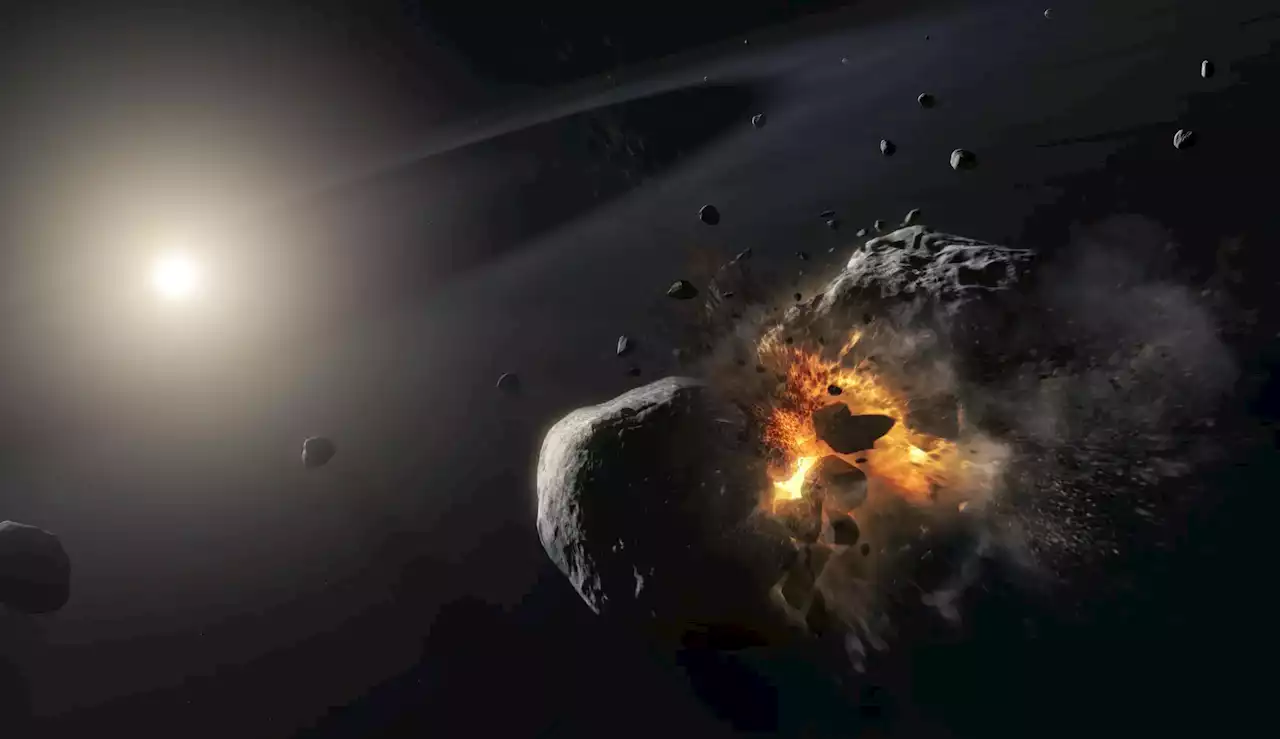 This Week @NASA: Webb’s Surprising Look at Fomalhaut’s Asteroid Belt, TROPICS CubeSats LaunchedA spacecraft changes parking spots at the space station … A surprising look at a star in another solar system … And small satellites that could be a big help tracking tropical storms … A few of the stories to tell you about – This Week at NASA! https://youtu.be/6tv0S_eBN2w Spacecraft
This Week @NASA: Webb’s Surprising Look at Fomalhaut’s Asteroid Belt, TROPICS CubeSats LaunchedA spacecraft changes parking spots at the space station … A surprising look at a star in another solar system … And small satellites that could be a big help tracking tropical storms … A few of the stories to tell you about – This Week at NASA! https://youtu.be/6tv0S_eBN2w Spacecraft
Read more »
